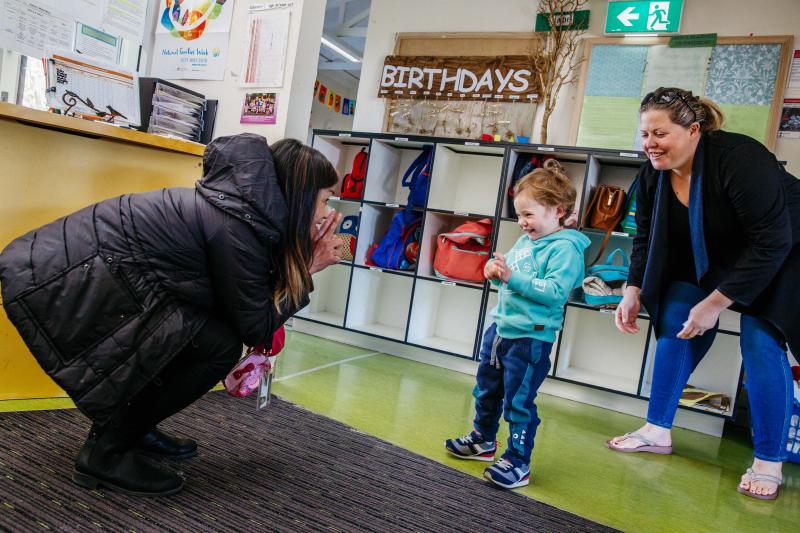Supporting children’s transitions
- Home
- Latest news
- We hear you
- Supporting children’s transitions

As we begin a new year, services may be welcoming new families and children may be transitioning between groups, rooms or service types. This is an opportune time for services to reflect on the key pedagogical practices that inform the curriculum and support children’s learning, development and wellbeing.
As children and young people begin new settings and move between places and spaces, it is important to acknowledge that each setting, place and space has its own purpose, expectations and ways of doing things. Educators build children’s capacity to develop a sense of belonging and manage change through valuing the cultural and social contexts of children and their families and providing continuity of learning.
From 1 February 2024, version 2 of the national approved learning frameworks supersedes the original versions. These frameworks can be downloaded (or purchased) from our website:
- Belonging, Being and Becoming: The Early Years Learning Framework for Australia (EYLF) V2.0 2022
- My Time, Our Place: Framework for School Age Care in Australia (MTOP) V2.0 2022
Continuity of learning and transitions is a practice included in the frameworks, where children experience familiar or similar ways of being, doing and learning from one setting to another. Experiencing greater continuity assists effective, smooth and positive transitions (EYLF V2.0, p. 24; MTOP, V2.0, p. 26).
There are a variety of strategies that can be used to promote strong and trusting relationships with families through the initial processes of enrolment and orientation. Educators assist families by developing a shared understanding of transitions and orientation processes unique to each service context and each child. It may be timely to reflect on your enrolment and orientation policy and procedure and think of innovative ways to ensure a shared and meaningful understanding of the process.
To begin with, share the following useful resources from the StartingBlocks.gov.au website with your families:
- Factsheet – Supporting children during transitions
- Factsheet – How can you help your child settle into an education and care service?
- Factsheet – Building strong links between home and education and care services
Further resources
- ACECQA – Information sheet: Continuity and transitions – My Time Our Place (MTOP)
- ACECQA – Information sheet: Continuity of learning and transitions – Early Years Learning Framework (EYLF)
- ACECQA – Information sheet: Quality Area 5: Relationships with children
- ACECQA – Information sheet: Quality Area 6: Enrolment and orientation